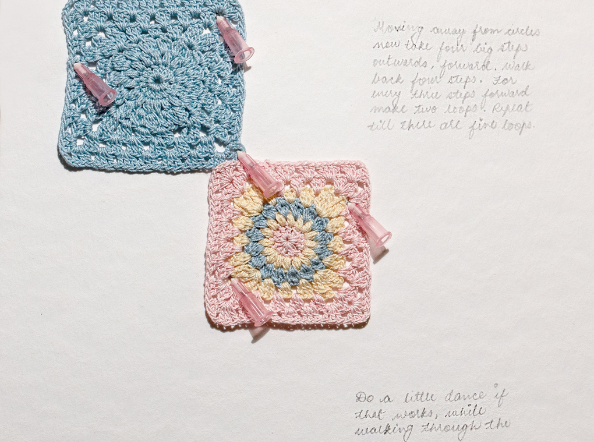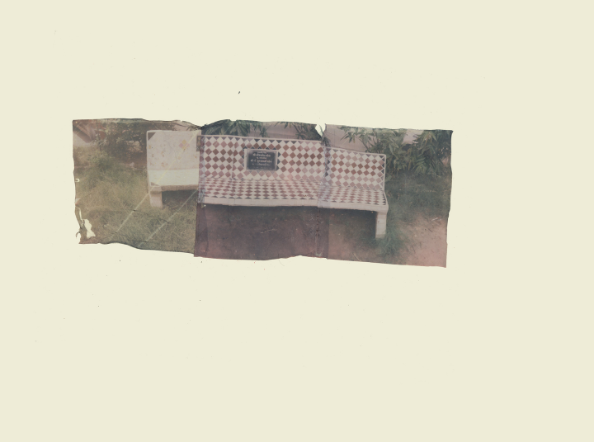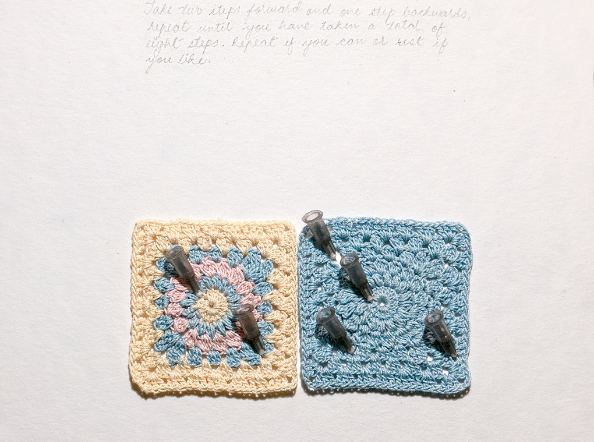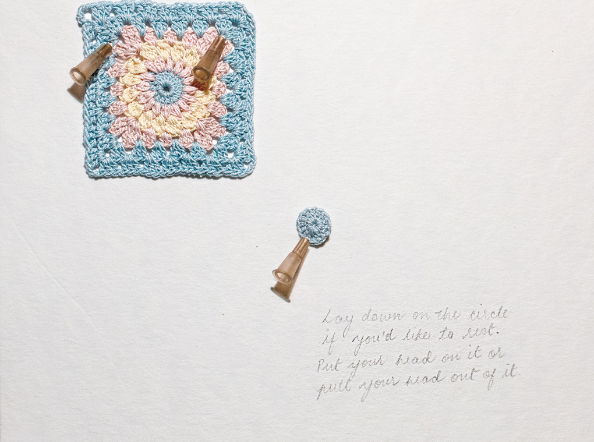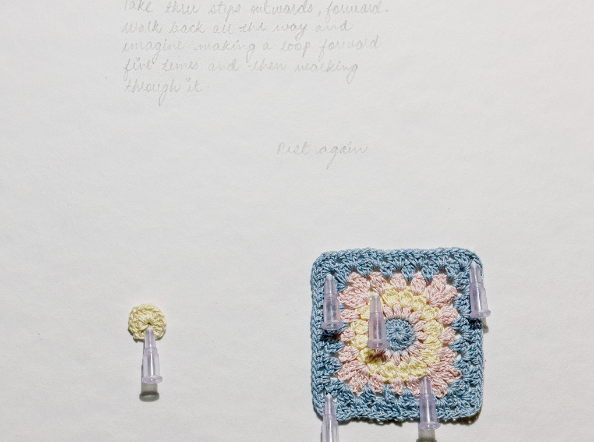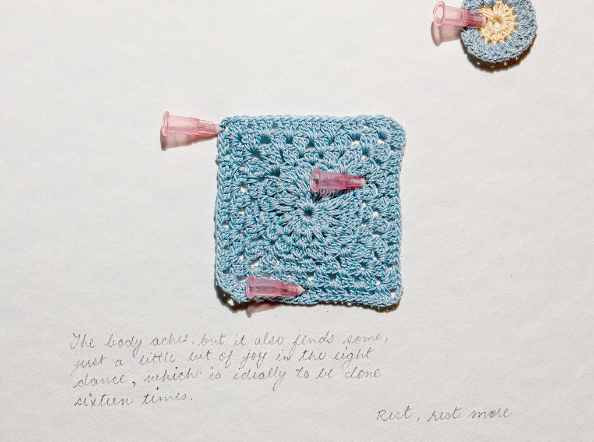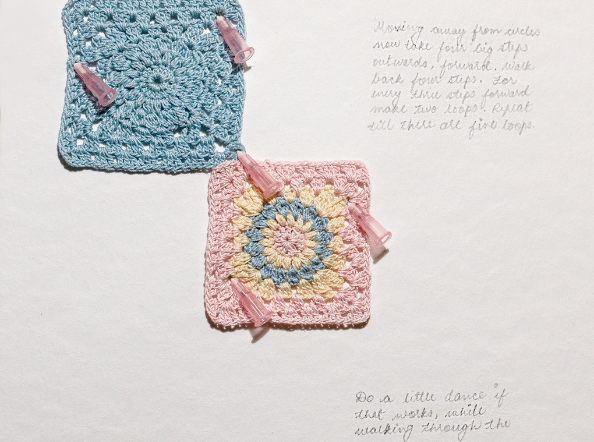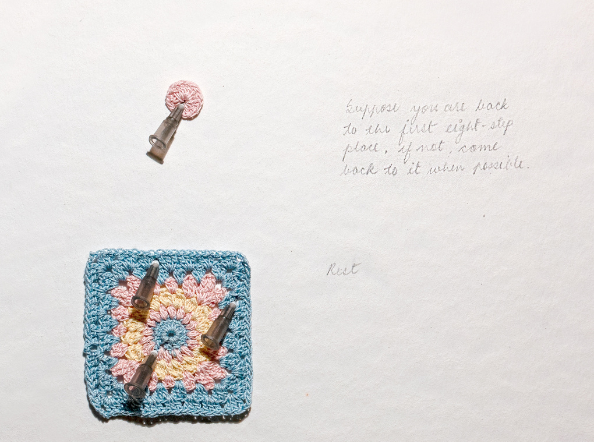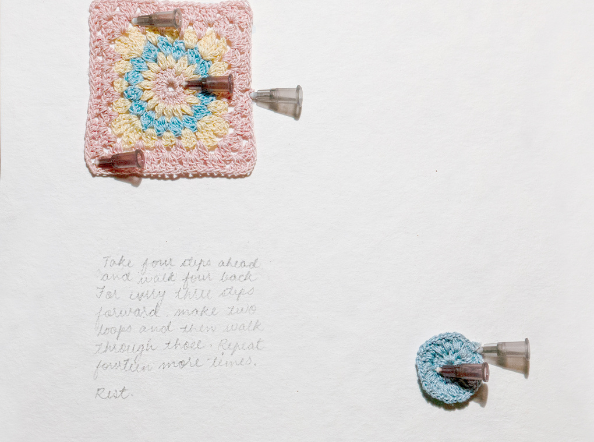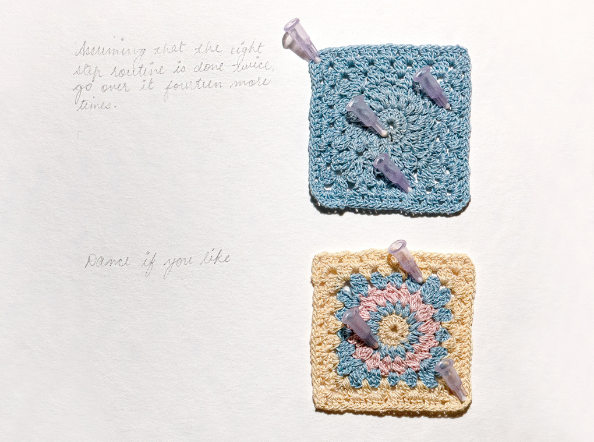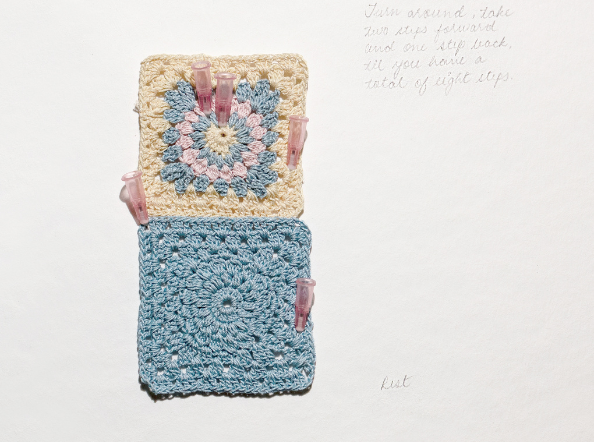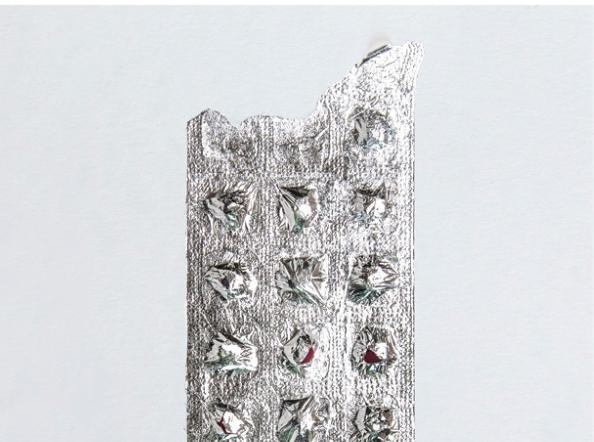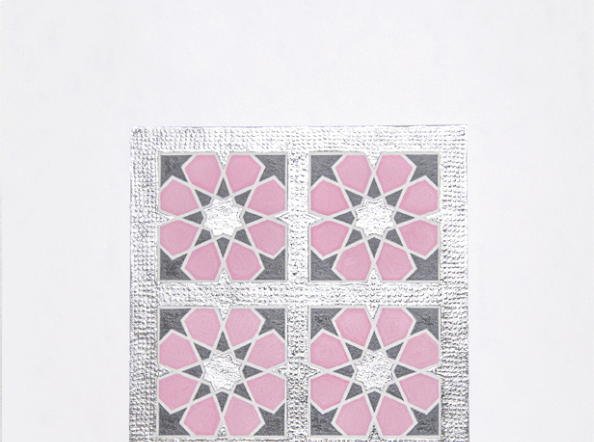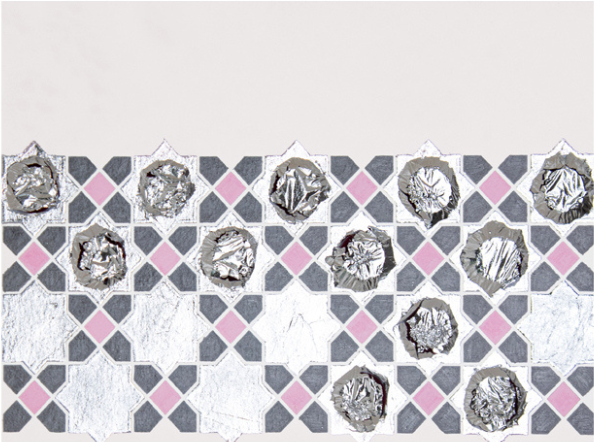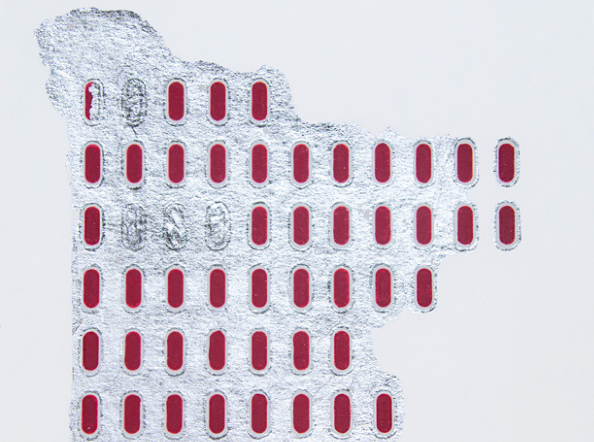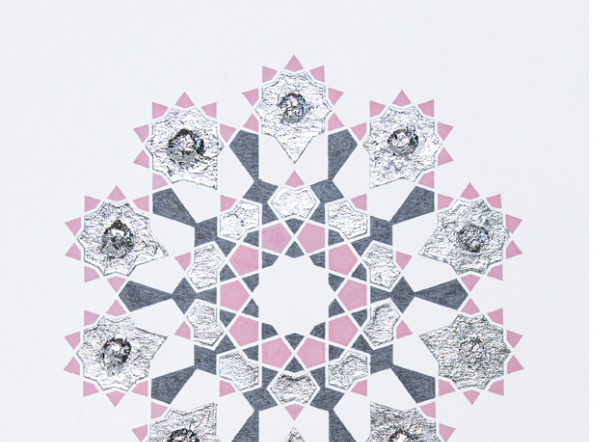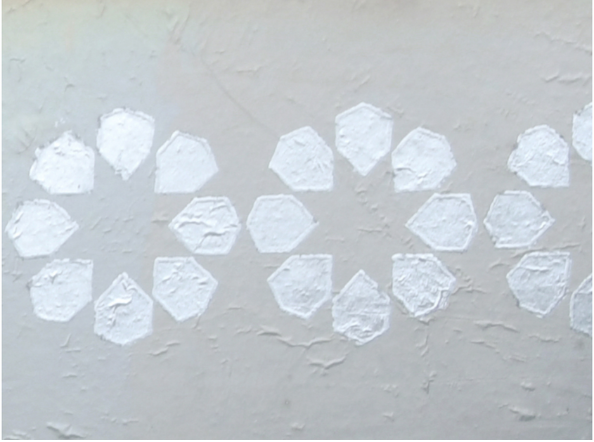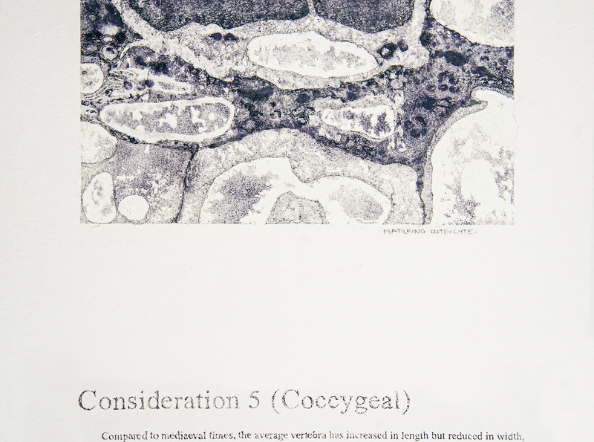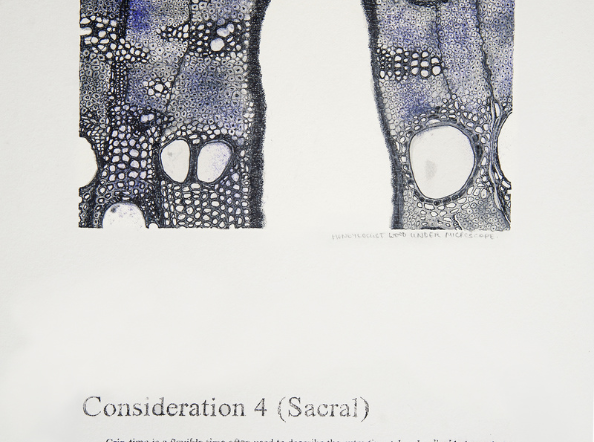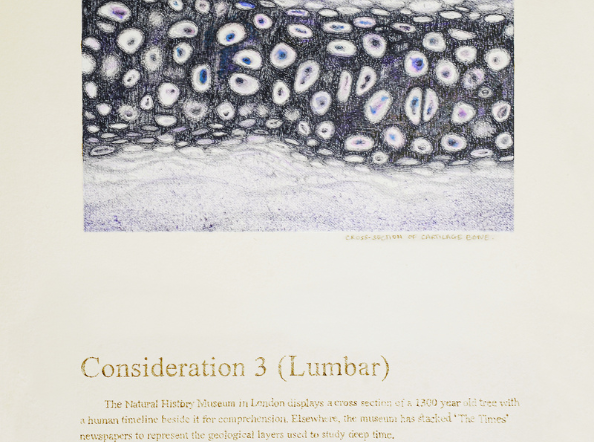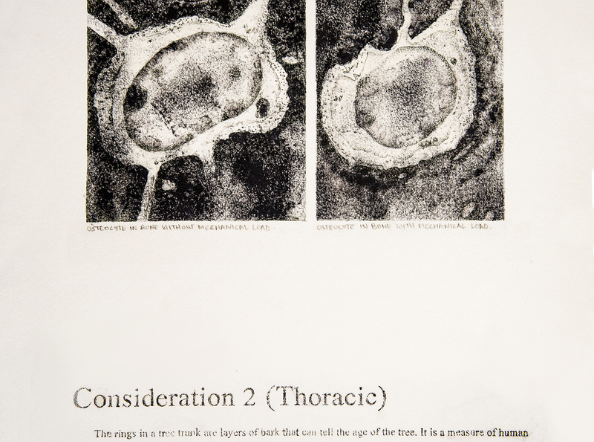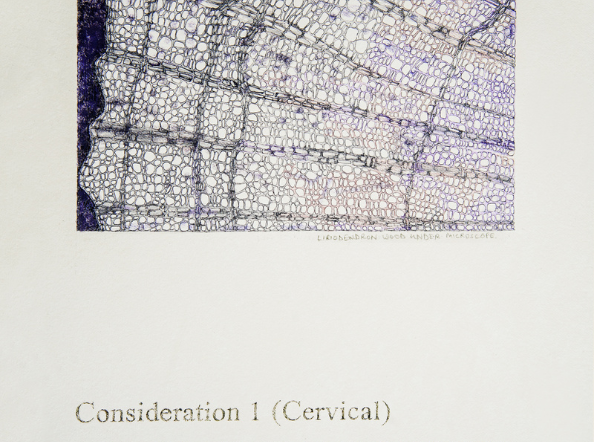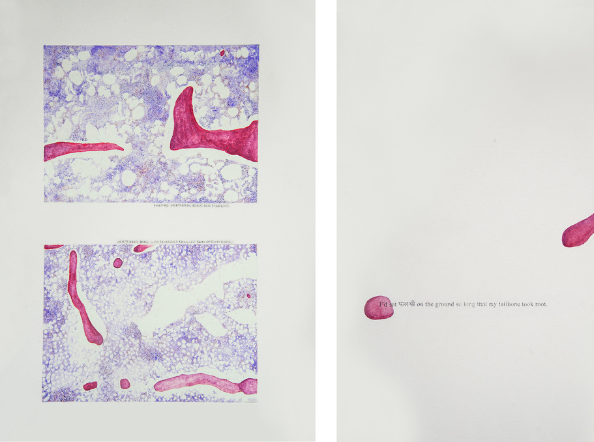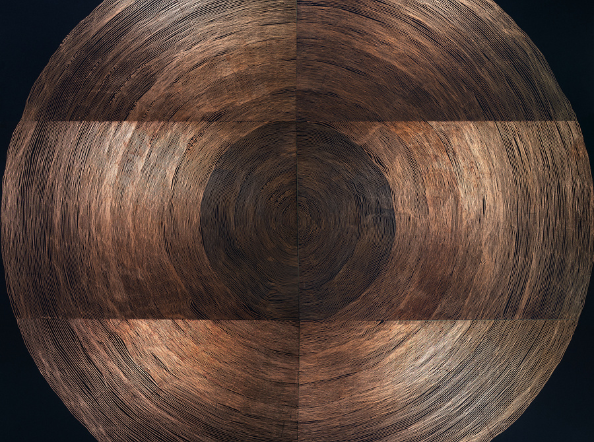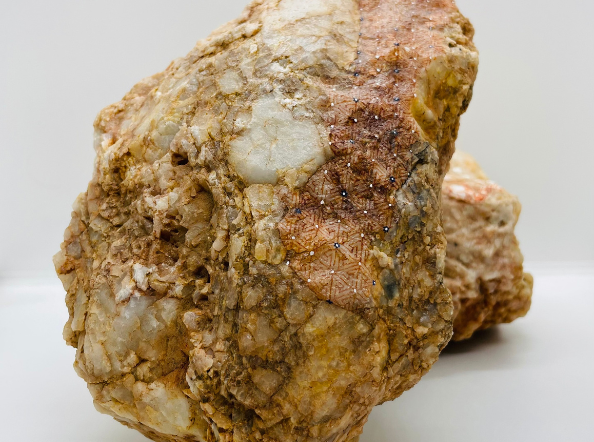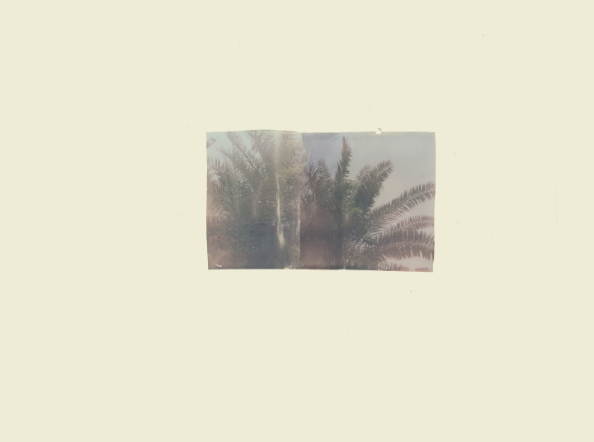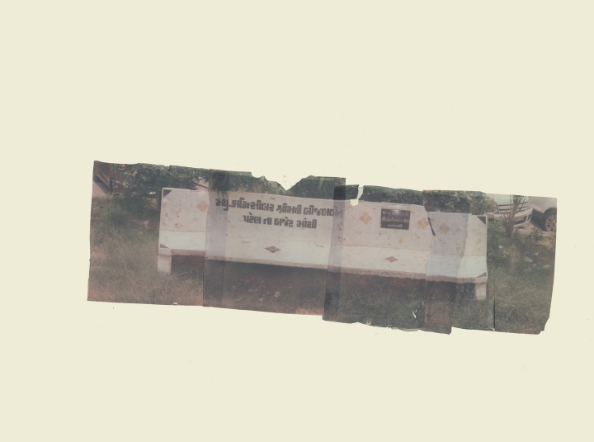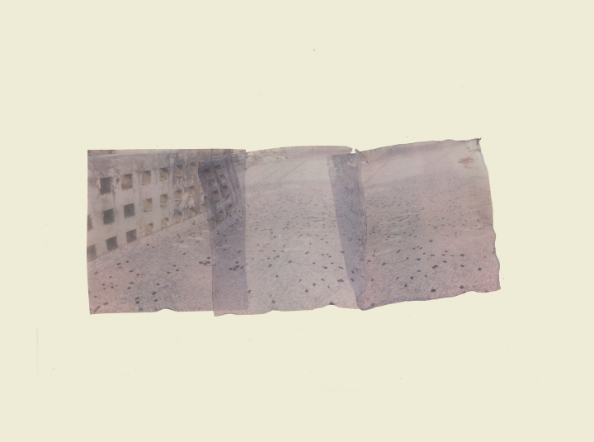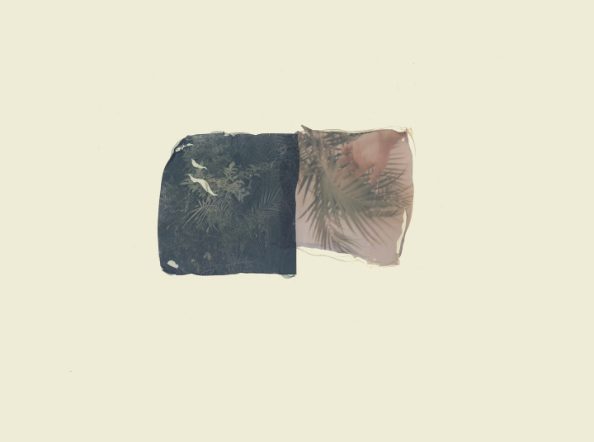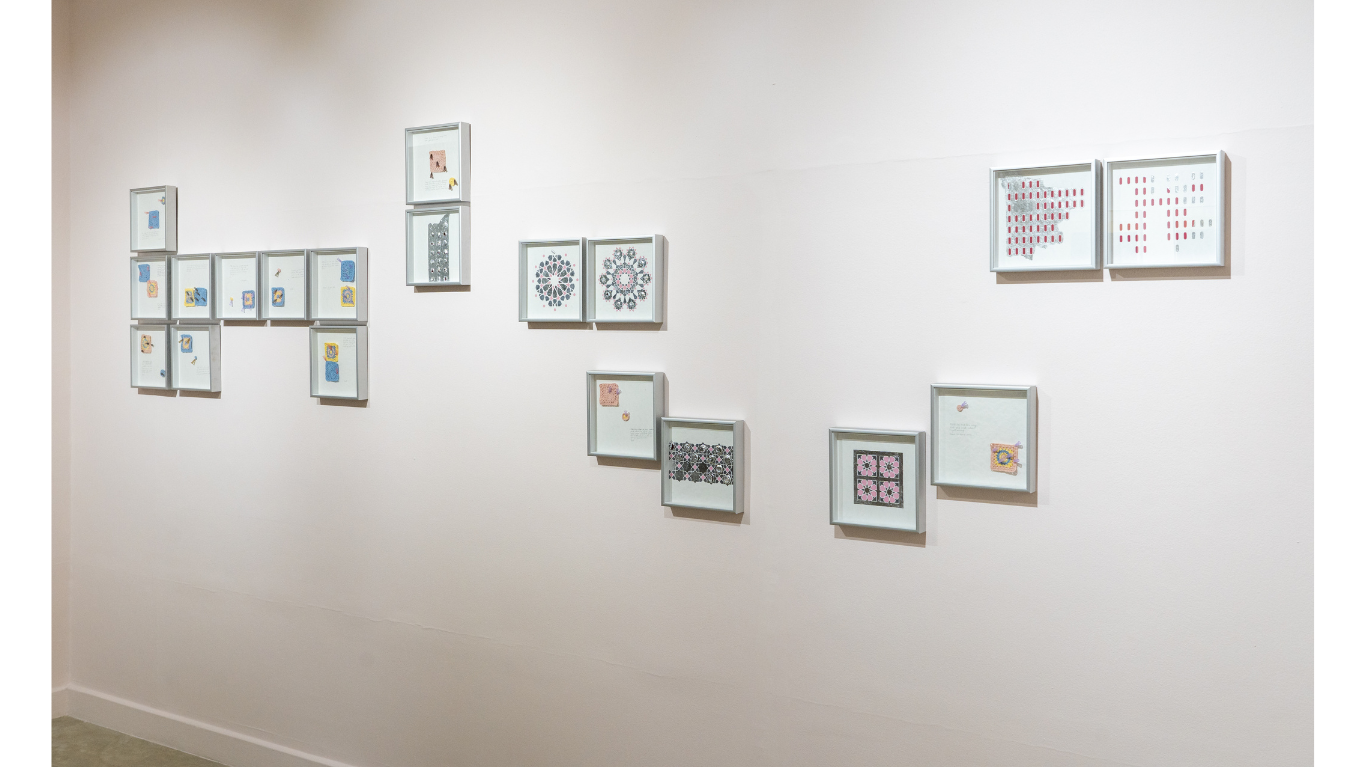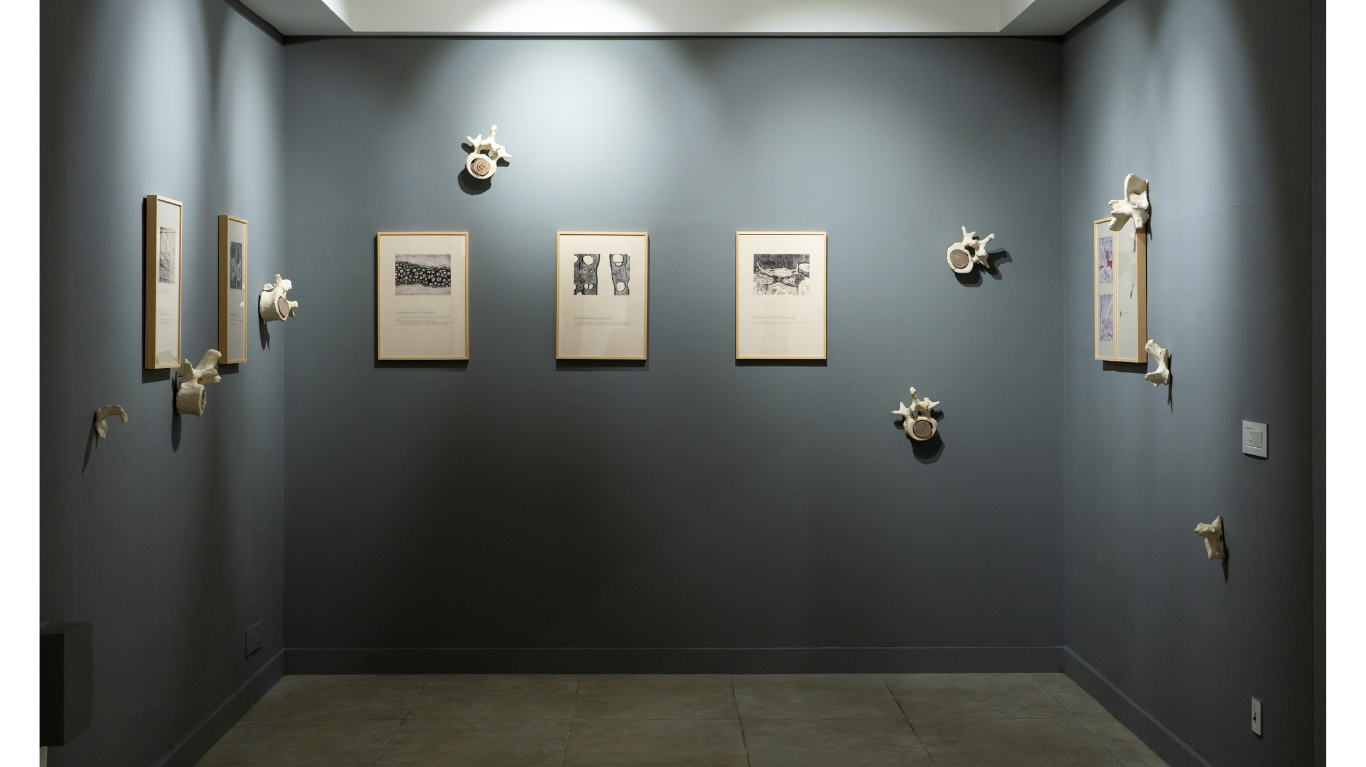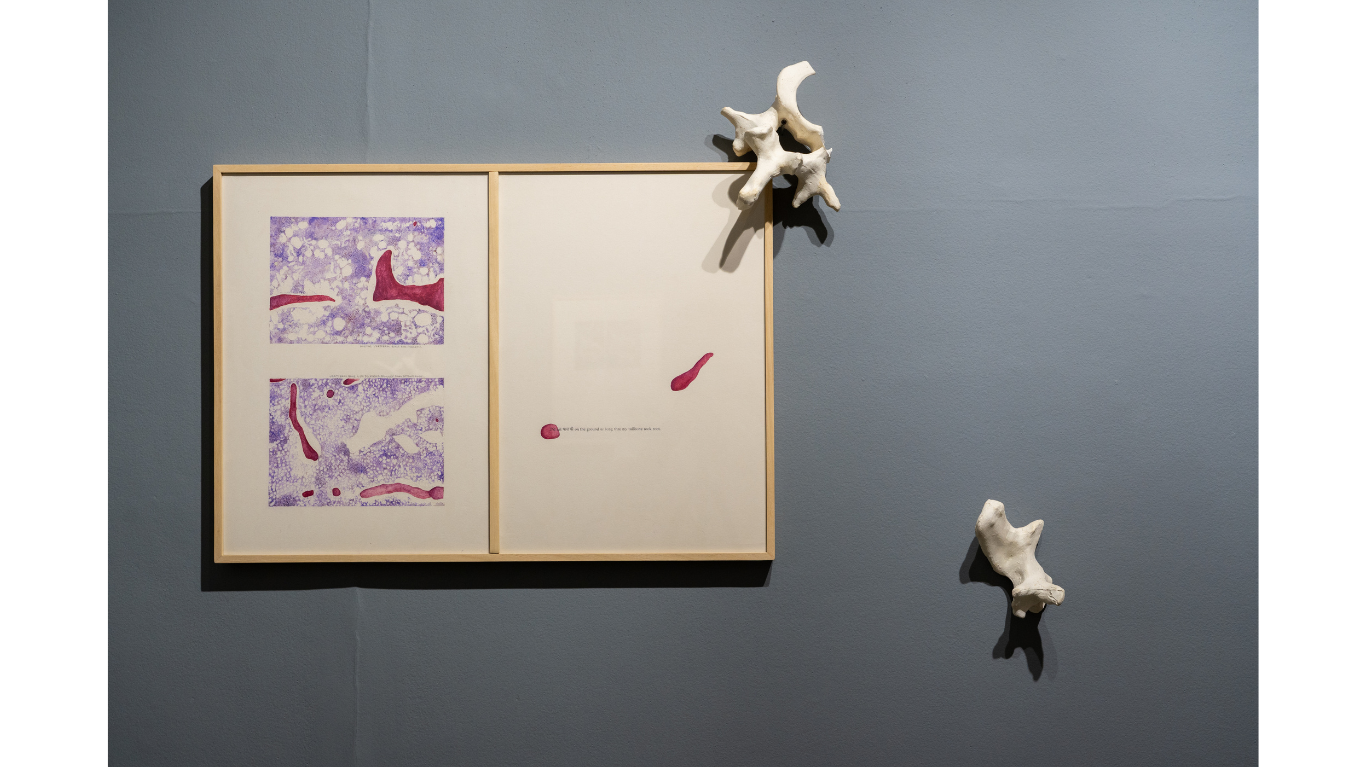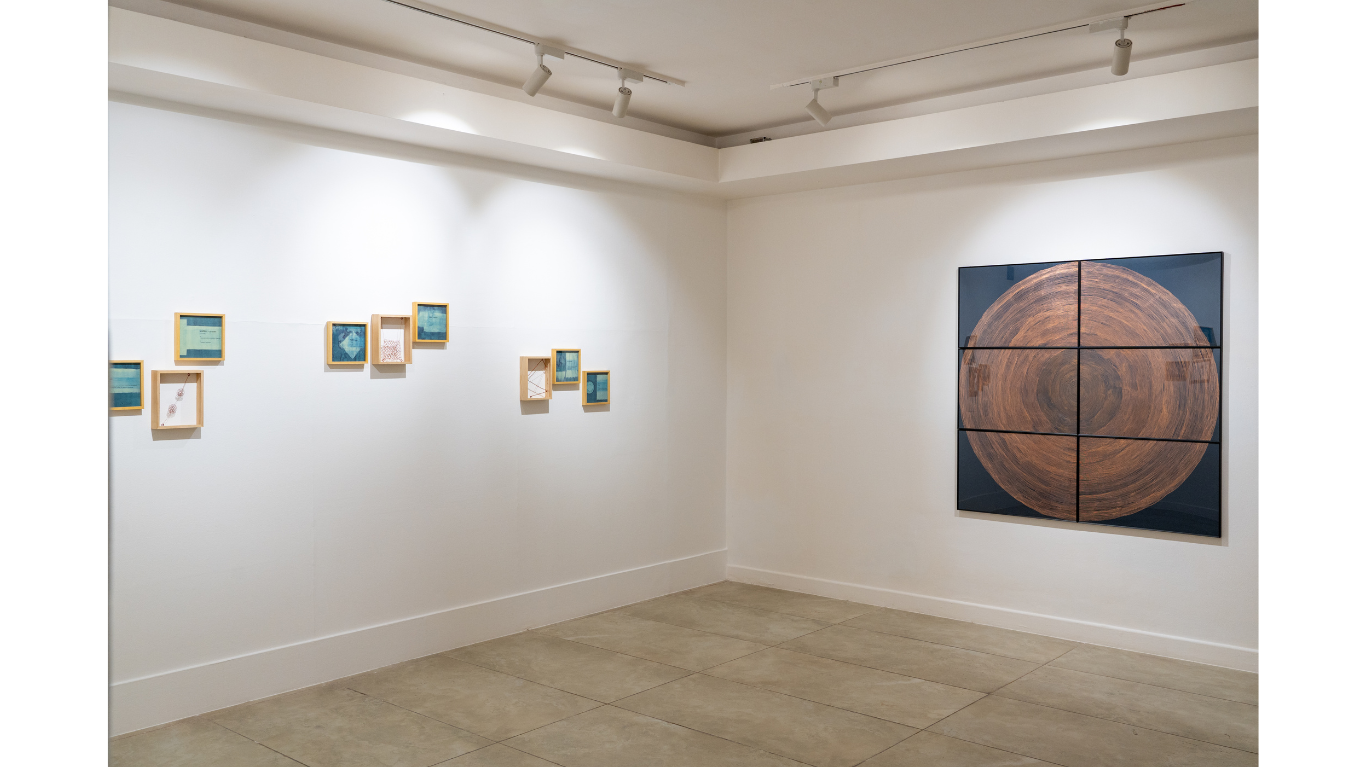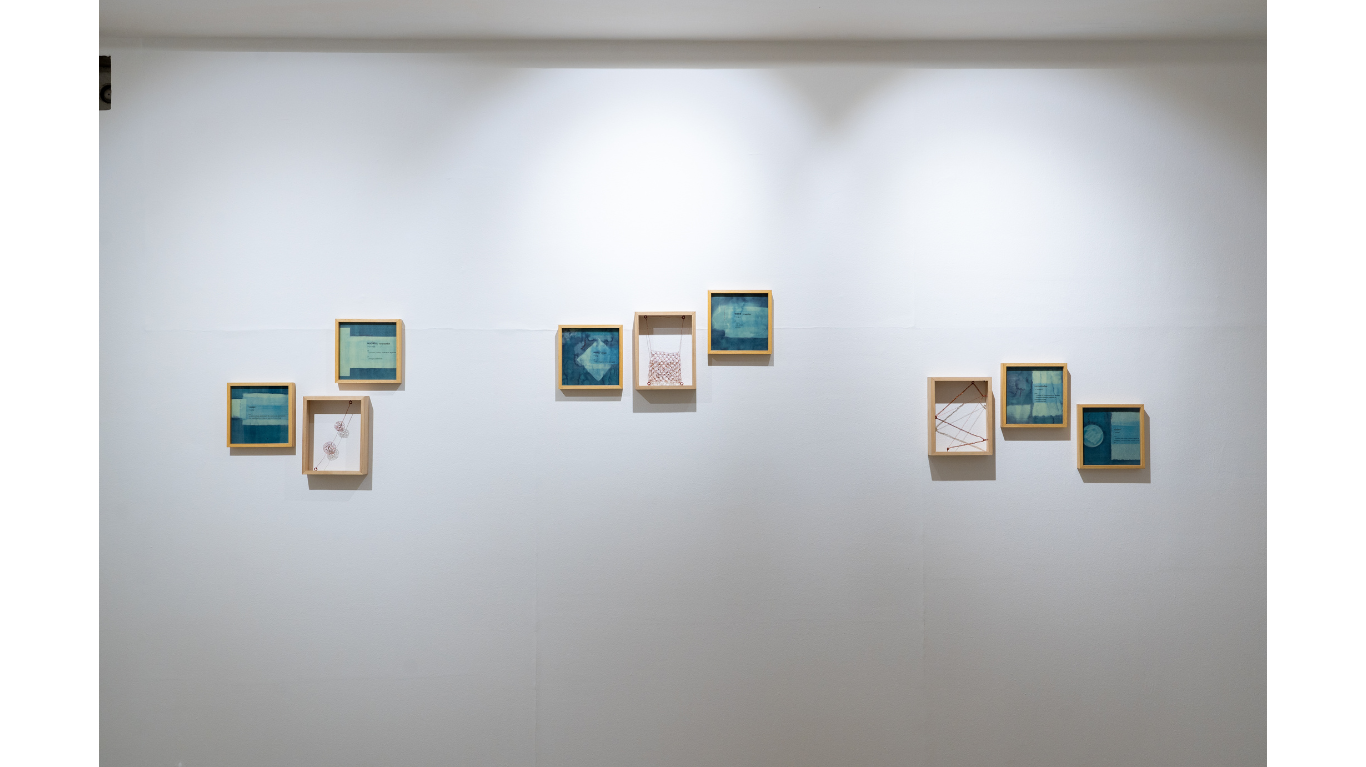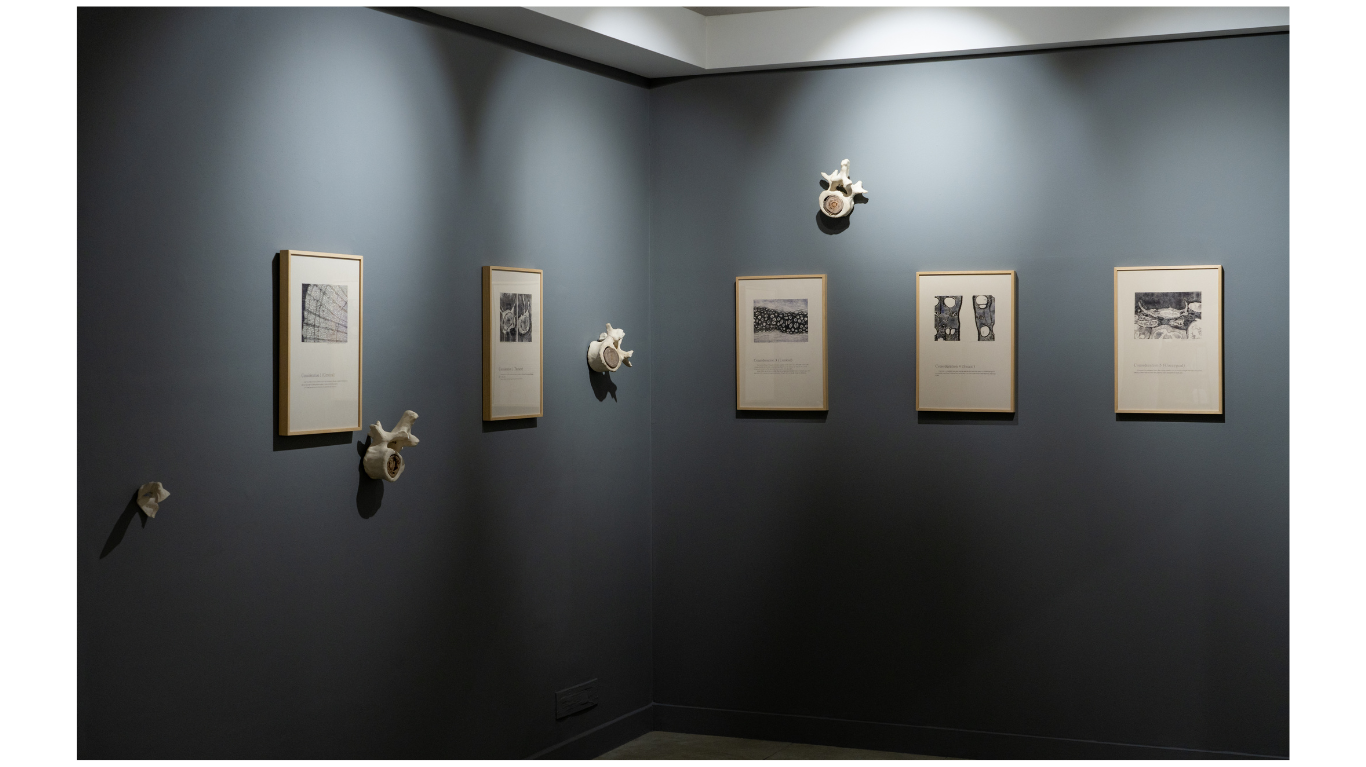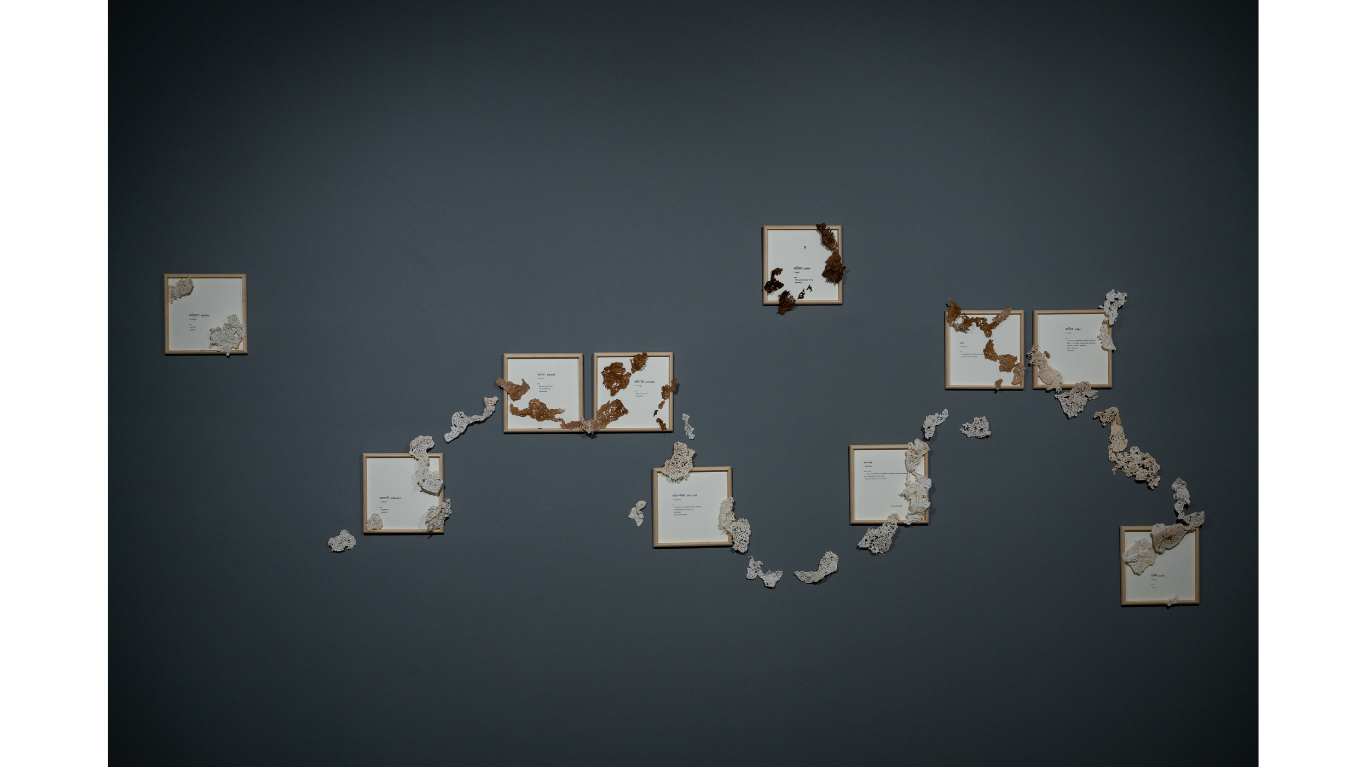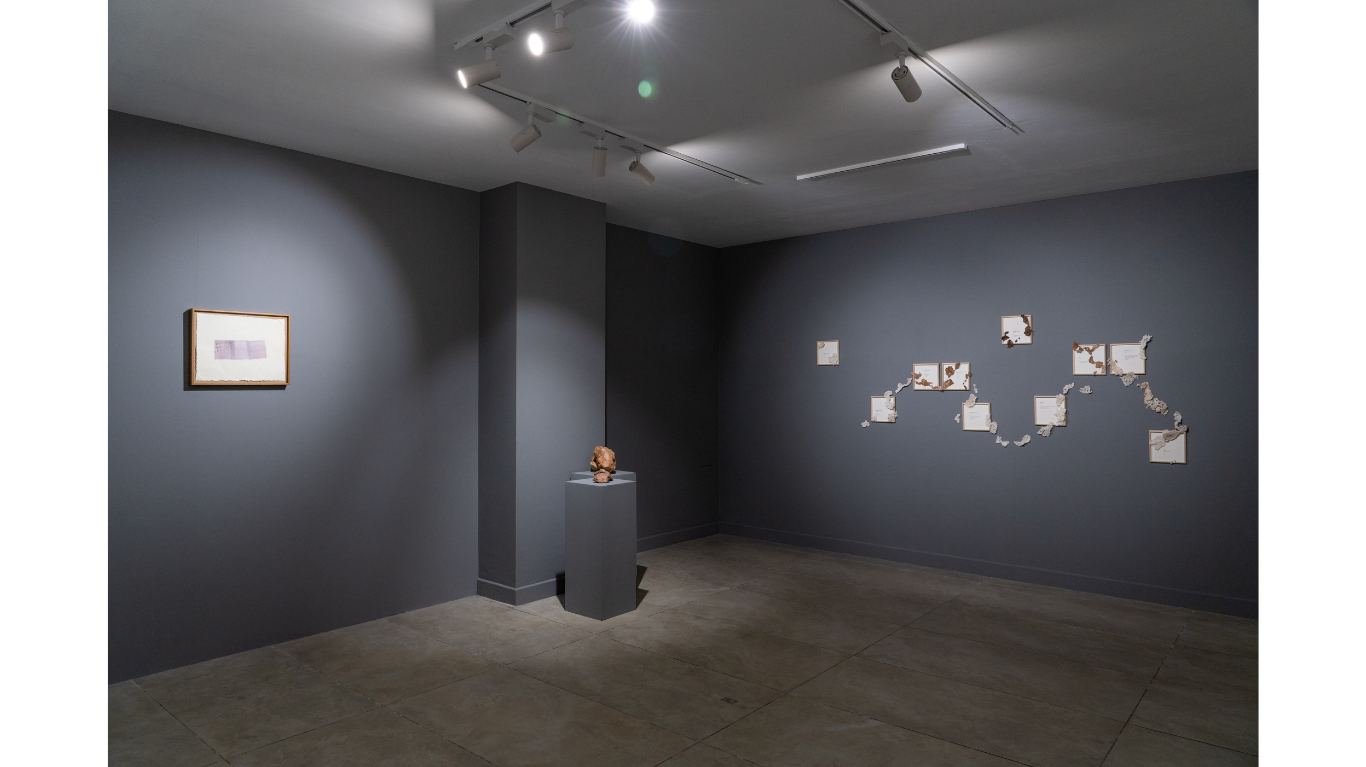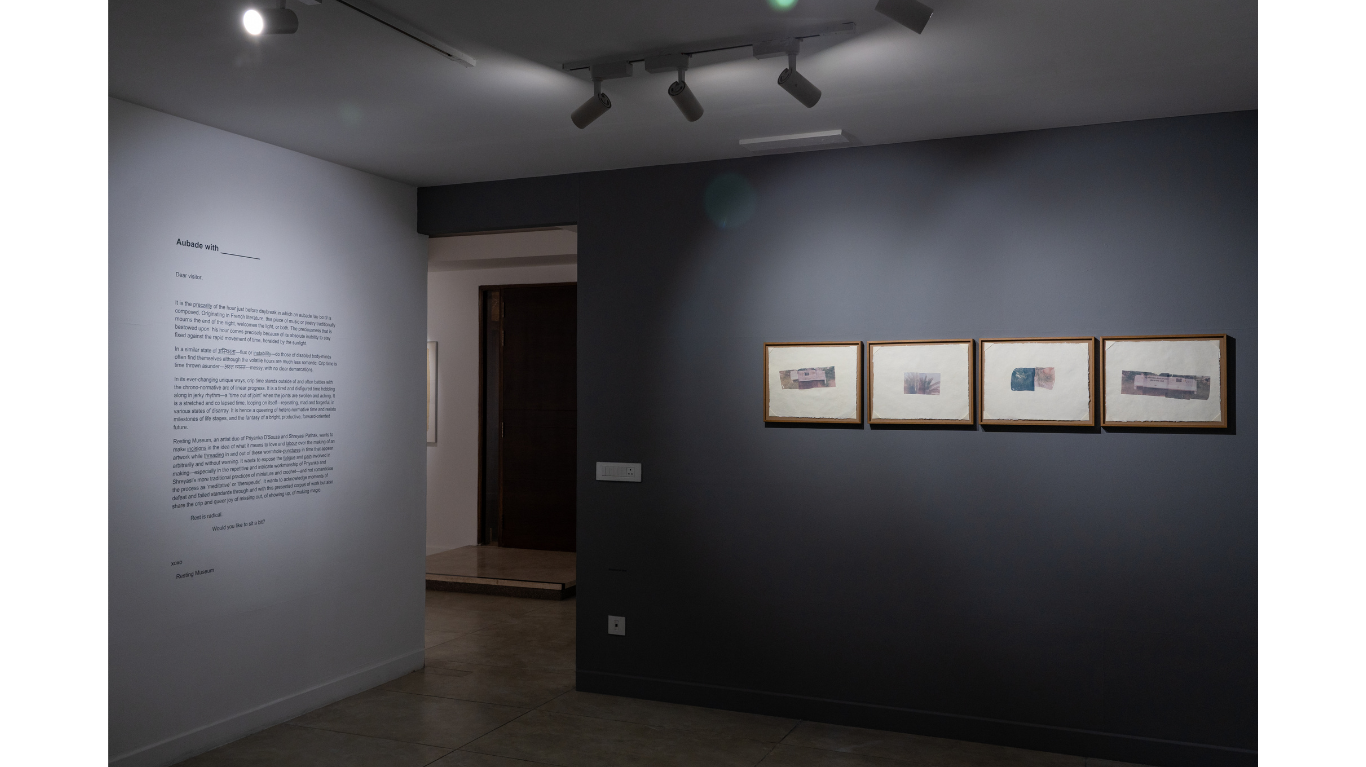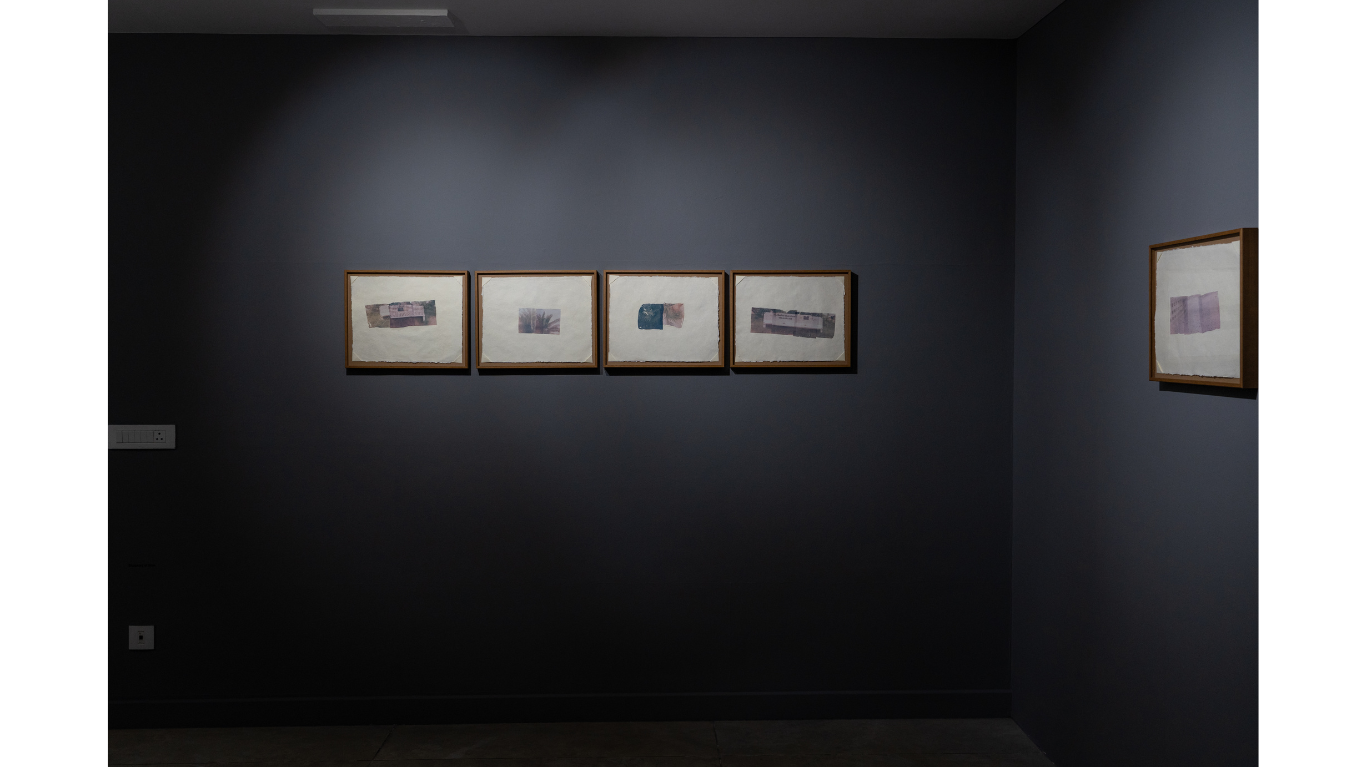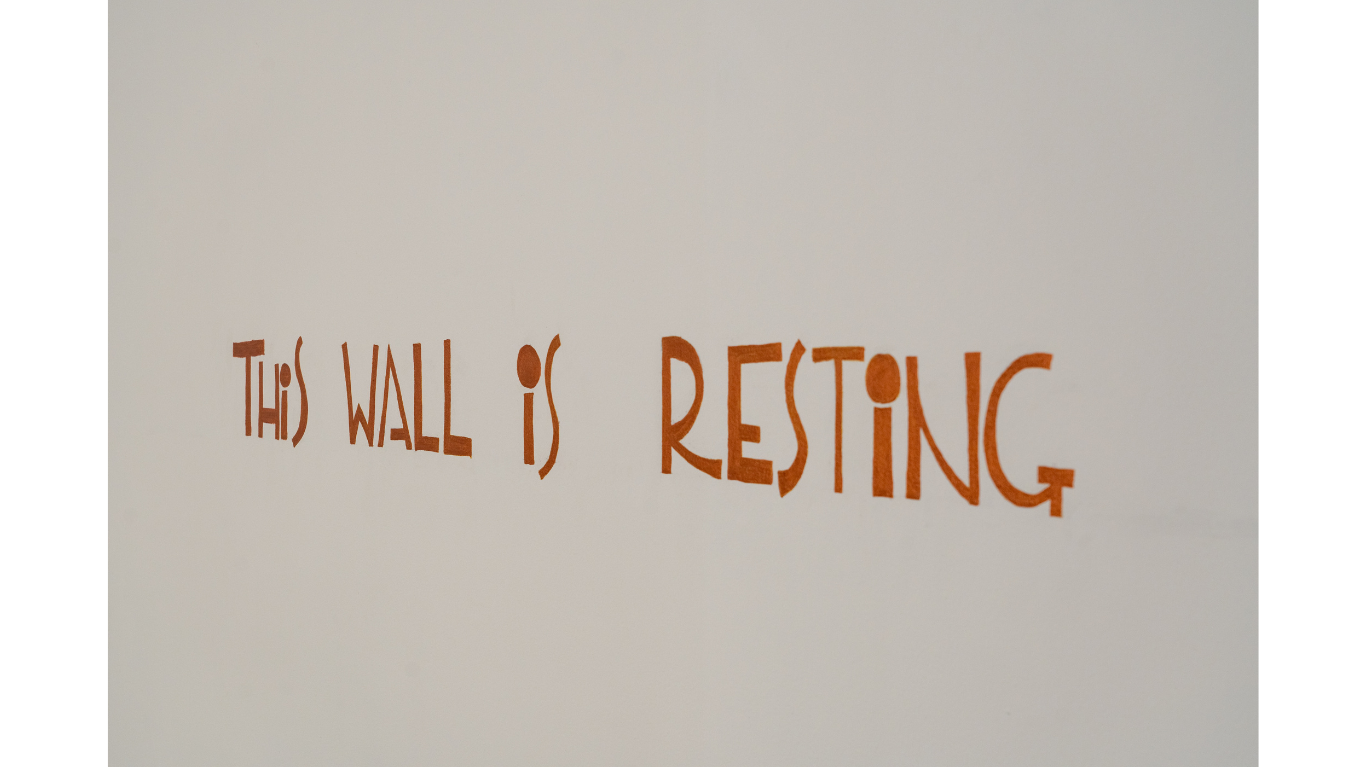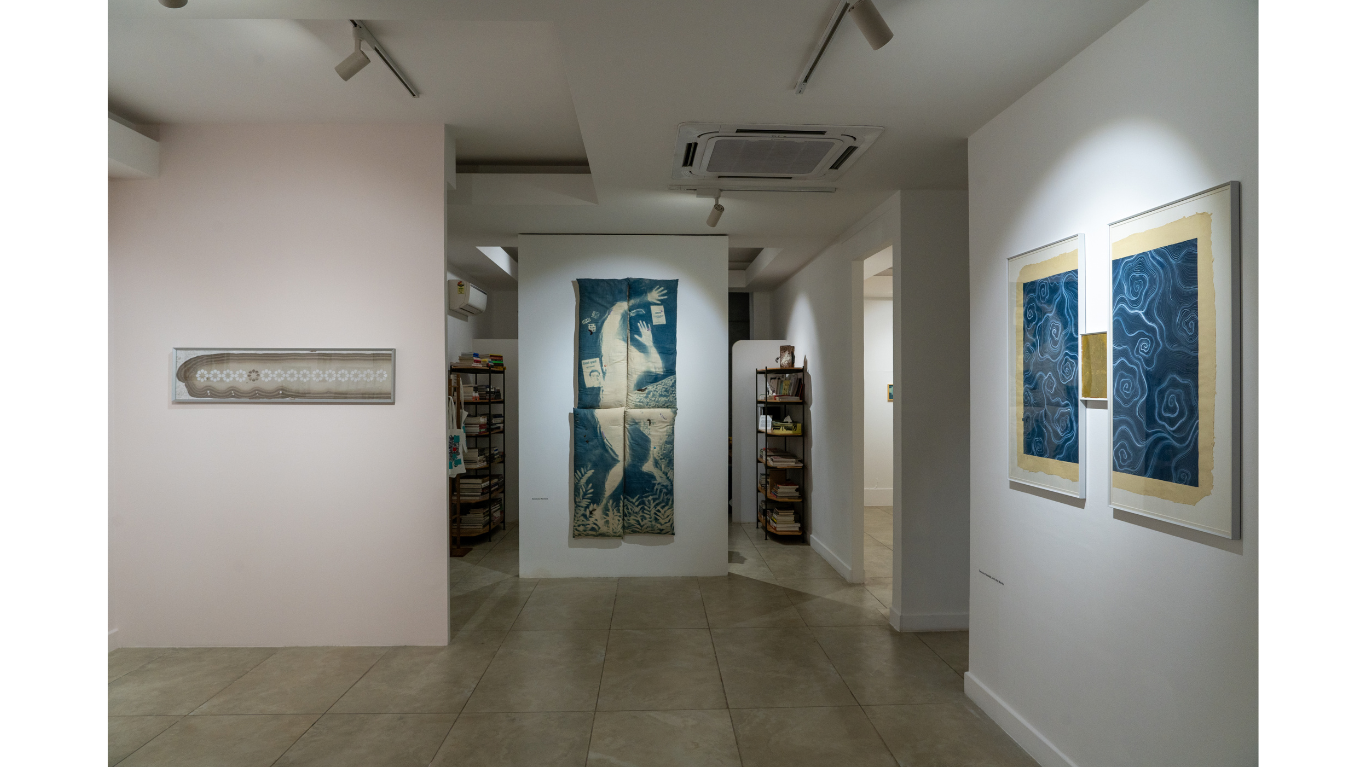-
Exhibitions
- Aubade with |
Resting Museum
-
![Shape of time 1]() Shape of time 1
Shape of time 1
-
![Notes and patterns for losing/jumping time - 14]() Notes and patterns for losing/jumping time - 14
Notes and patterns for losing/jumping time - 14
-
![Notes and patterns for losing/jumping time - 13]() Notes and patterns for losing/jumping time - 13
Notes and patterns for losing/jumping time - 13
-
![Notes and patterns for losing/jumping time - 12]() Notes and patterns for losing/jumping time - 12
Notes and patterns for losing/jumping time - 12
-
![Notes and patterns for losing/jumping time - 11]() Notes and patterns for losing/jumping time - 11
Notes and patterns for losing/jumping time - 11
-
![Notes and patterns for losing/jumping time - 10]() Notes and patterns for losing/jumping time - 10
Notes and patterns for losing/jumping time - 10
-
![Notes and patterns for losing/jumping time - 09]() Notes and patterns for losing/jumping time - 09
Notes and patterns for losing/jumping time - 09
-
![Notes and patterns for losing/jumping time - 08]() Notes and patterns for losing/jumping time - 08
Notes and patterns for losing/jumping time - 08
-
![Notes and patterns for losing/jumping time - 07]() Notes and patterns for losing/jumping time - 07
Notes and patterns for losing/jumping time - 07
-
![Notes and patterns for losing/jumping time - 06]() Notes and patterns for losing/jumping time - 06
Notes and patterns for losing/jumping time - 06
-
![Notes and patterns for losing/jumping time - 05]() Notes and patterns for losing/jumping time - 05
Notes and patterns for losing/jumping time - 05
-
![Notes and patterns for losing/jumping time - 04]() Notes and patterns for losing/jumping time - 04
Notes and patterns for losing/jumping time - 04
-
![Notes and patterns for losing/jumping time - 03]() Notes and patterns for losing/jumping time - 03
Notes and patterns for losing/jumping time - 03
-
![Notes and patterns for losing/jumping time - 02]() Notes and patterns for losing/jumping time - 02
Notes and patterns for losing/jumping time - 02
-
![Notes and patterns for losing/jumping time - 01]() Notes and patterns for losing/jumping time - 01
Notes and patterns for losing/jumping time - 01
-
![Notes and patterns for losing/jumping time—00]() Notes and patterns for losing/jumping time—00
Notes and patterns for losing/jumping time—00
-
![Time out of (skeletal) Joint: The Spineless don't Protest - Consideration 5]() Time out of (skeletal) Joint: The Spineless don't Protest - Consideration 5
Time out of (skeletal) Joint: The Spineless don't Protest - Consideration 5
-
![Time out of (skeletal) Joint: The Spineless don't Protest - Consideration 4]() Time out of (skeletal) Joint: The Spineless don't Protest - Consideration 4
Time out of (skeletal) Joint: The Spineless don't Protest - Consideration 4
-
![Time out of (skeletal) Joint: The Spineless don't Protest - Consideration 3]() Time out of (skeletal) Joint: The Spineless don't Protest - Consideration 3
Time out of (skeletal) Joint: The Spineless don't Protest - Consideration 3
-
![Time out of (skeletal) Joint: The Spineless don't Protest - Consideration 2]() Time out of (skeletal) Joint: The Spineless don't Protest - Consideration 2
Time out of (skeletal) Joint: The Spineless don't Protest - Consideration 2
-
![Time out of (skeletal) Joint: The Spineless don't Protest - Consideration 1]() Time out of (skeletal) Joint: The Spineless don't Protest - Consideration 1
Time out of (skeletal) Joint: The Spineless don't Protest - Consideration 1
-
![Time out of (skeletal) Joint: The Spineless don't Protest - Consideration 0]() Time out of (skeletal) Joint: The Spineless don't Protest - Consideration 0
Time out of (skeletal) Joint: The Spineless don't Protest - Consideration 0
-
![Time out of (skeletal) Joint: The Spineless don't Protest]() Time out of (skeletal) Joint: The Spineless don't Protest
Time out of (skeletal) Joint: The Spineless don't Protest
-
![Time out of (skeletal) Joint: After Manaku]() Time out of (skeletal) Joint: After Manaku
Time out of (skeletal) Joint: After Manaku
-
![अस्थिर]() अस्थिर
अस्थिर
-
![Shape of time 5]() Shape of time 5
Shape of time 5
-
![Shape of time 3]() Shape of time 3
Shape of time 3
-
![Shape of time 2]() Shape of time 2
Shape of time 2
-
![Shape of time 4]() Shape of time 4
Shape of time 4
Aubade with ___________
It is the precarity of the hour just before daybreak in which an aubade /əʊˈbɑːd/ is composed. Originating in French literature, this piece of music or poetry traditionally mourns the end of the night, welcomes the light, or both. The preciousness that is bestowed upon this hour comes precisely because of its absolute inability to stay fixed against the rapid movement of time, heralded by the sunlight.
In a similar state of अस्थिरता—flux or instability—do us of disabled body-minds often find ourselves although the volatile hours are much less romantic. Crip time (“crip” reclaimed from “cripple”) is time thrown asunder—अस्त–व्यस्त—messy, with no clear demarcations. In its ever-changing unique ways, crip time stands outside of and often battles with the chrono-normative arc of linear progress. It is a tired and disfigured time hobbling along in jerky rhythm—a “time out of joint”, stretching, looping and collapsing on itself—mad and forgetful, in various states of disarray. It is hence a queering of hetero-normative time and resists milestones of life stages, and the fantasy of a bright, productive, forward-oriented future.
The attempts of divorcing queerness[1] from cripness hence, denies the porosity and proximity of queer and crip time.[2] This vast intersecting space is lived and experienced in a multitude of ways by individuals and communities, that only urges us to explore (and possibly explode) the constructions of sanism, health, cis heteronormativity and disability itself.
In doing so, we often come up against the medical model of disability, the vocabulary of which reduces us to our conditions and yet the social model that sees disability as socially constructed around people with impairments, doesn’t hold all the answers[3] either. Diagnosis and medicine for many has been crucial in managing physical and psychological pain/debility and dysregulation but disability must also be understood as a social phenomenon more than just the medicalized problem of the individual. In foregrounding the paradox between the two models and their paradigms, one can find ways of negotiation.
At Resting Museum, we, Shreyasi Pathak and Priyanka D’Souza, live, articulate, create and together traverse the isolation and alienation that queer+crip time may throw us into. An insurrectionist epistemology[4], allows us to recognise and value our (embodied and otherwise) knowledge to move further (while resting in between) in performing our (in)actions of creating, albeit slipping, tripping but ultimately cripping and queering as we compose[5] our worlds and ourselves while the sun rises again.
Countering, counting and composing our spoons of energy one day at a time, as uncertainty weighs more than any form of plans, structures, or even the gallery deadline for this show. Each day has a different shape, size, shadow, stretch and soreness. It is hardly straight or linear progressive, still, or silent, but is here to stay. An insane/mad/disabled life is possible. Body-minds and their subjugated knowledge are often thought to be incoherent, unintelligible, too personal, or worthy of dismissal, but are only so under oppressive societal constructions and forces. But any dismissal cannot deny individual and collective autonomy and capacities exploring traditional and non-traditional ways of labouring, resting and being.
What is ‘making sense’ anyway? Day dreaming or experiencing perceptual changes, is very much an activity which utilises the same faculties of the body-mind experiencing fatigue or joy or hunger. Our outlines and frames are hypermobile, with varying stretchiness, like our joints making us more pliable than yesterday. And in pliability and distortions, lives potentiality[6].
Potentiality, is an opening, a rupture, a gash, a wormhole sending us trapezing to the reworkings of what queer+crip can do and transform into, living and loving between and beyond—collectivity and individuality, cure and death, acceptance and destruction—maintaining a dialectical[7] relationship with vicissitudes of life.
Rest is radical.
Would you like to sit a bit?
PS. My body is truest. I cannot share with you my embodiment and you question because you cannot know it
Bibliography:
1. Feminist Queer Crip (2013) by Alison Kafer.
2. Disability Aesthetics (2010) by Tobin Siebers.
3. Sick Woman Theory (2020) by Johanna Hedva in Kunstverein Hildesheim.
4. Six Ways of Looking at Crip Time (2014) by Ellen Samuels in Disability Studies Quarterly.
5. Cripistemologies: Introduction (2014) by Merri Lisa Johnson and Robert McRuer in Journal of Literary & Cultural Disability Studies 8(2). Pages 127-147
[1] Notions like ‘Trans, not disabled’
[2] Kimball, E. et al. (2018). Gender, sexuality, & (dis)ability: Queer perspectives on the experiences of students with disabilities. Disability Studies Quarterly, 38(2)
[3] Terry, David P. (2014). Explanation not Excuse: Attention Deficit Disorder, Collegiality and Coalition. Disability Studies Quarterly, 34(4)
[4] Or Cripistemology
[5] Kras, Joseph F. (2010). The “Ransom Notes” Affair: When the Neurodiversity Movement Came of Age. Disability Studies Quarterly, 30(1): Autism and the Concept of Neurodiversity.
[6] José Esteban Muñoz in the introduction of their book Cruising Utopia: The Then and There of Queer Futurity says “Queerness is not yet here. Queerness is an ideality. Put another way, we are not yet queer, but we can feel it as the warm illumination of a horizon imbued with potentiality.”
[7] Dialectical Behaviour Therapy or DBT, comparable to the philosophical dialectical process of thesis, antithesis and synthesis
1. Time out of (skeletal) Joint: The Spineless don’t Protest
Copper leaf on paper
“Time out of joint” is a quote from Shakespeare’s Hamlet used by queer and crip theorists to talk about bodies that are left out of the arc of progress and denied futurity, looking at time itself as a body with unhinged joints. The title plays on the word ‘Spineless’ that is an ableism referring to people who can’t/won’t ‘stand up’ for something.
This work is inspired by the massive cross-section of a 1300-year-old tree at the Natural History Museum in London. It is a time-line that works with Priyanka’s body and things that affect it like a diary. The rings in this work are of gilt copper to make the progress of time a visual, as the older layers oxidise green.
2. Time out of (skeletal) Joint: The Spineless don’t Protest—Considerations
Ink and pencil on paper + Sculpture* (stoneware and newspaper wood)
In their essay on disabled body-minds and political protest, artist Johanna Hedva asks, ‘How can you throw a brick through a window when you can’t get out of bed?’[5] These ink drawings are microscopic images of tree bark, cartilage, and bone cells with text transfers of considerations on time and the body’s political importance. The accompanying vertebrae ceramic sculptures are as fragile as the human spine, always prone to aching. Within them are cross-sections slices of newspaper-wood made by tightly rolling newspapers from Jan to March 2020, that cover the JNU and Jamia university attacks, the Shaheen Bagh sit-ins, Delhi pogrom, to the start of the pandemic, as a news archive that becomes ‘inaccessible’ and questionable bearers of ‘truth’.
*Ceramic works produced by Rajat Gajjar
3. Time out of (skeletal) Joint: After Manaku
Gold leaf and gouache on wasli paper
Hiraṇyagarbha (golden womb) is the source of the creation of universe or the manifested cosmos in Vedic philosophy and was painted by 18th century Pahari painter, Manaku, as a golden egg in a sea of infinite time. This is a reiteration of that iconic painting.
4. Notes and patterns on jumping/losing time
Silver leaf on aluminum foil patina
The back and forth movement of the crochet needle like that of crip+queer time finds instruction in the handwritten pencil text. The crocheted pieces signifying the comfort of a sweater or quilt are pierced with syringe needles that are as common and necessary for survival as the pill strips decoratively gilt in silver leaf. The angle of the needles work as sundials for the time of day that the various tablets must be taken.
5. Disabled Dictionary अस्त–व्यस्त
Polymer and inkjet print on paper
There are 10 words in Hindi and English related to the disabled experience in both sets of अस्त– (ast) and –व्यस्त (vyast), grouped by their phonetic sounds. Group अस्त– is an installation of these sound-words strung together with perforated and stretched polymer resembling osteoporotic bone (अस्थि). Group –व्यस्त, literally meaning, ‘busy,’ signifies the labour going into the multiple exposures of the cyanotypes and the meticulously crocheted copper wire.
6. Sanctuary (Revised)
Cyanotype on fabric
These cyanotype cushions silhouette the body at rest and other paraphernalia. Needles pierce the life-sized body, perhaps causing pain or perhaps providing acupuncture respite. Cushions that once were used for resting now resemble a voodoo-like doll.
7. अस्थिर
Oil, acrylic, and ink on stone
Stones that form in geological time are considered hard and sturdy but are precariously balanced against each other like a precariously balanced disabled life.
8. Shape(s) of time
Emulsion lifts and slides on paper
The photo emulsion lifts from polaroids delicately sit on paper taking organic forms that were previously in a ‘perfect’ square. Overlapping, layering and flowing, creating shapes/images revealing and indicating the passage of time – wrinkling, stretching and folding on itself.
